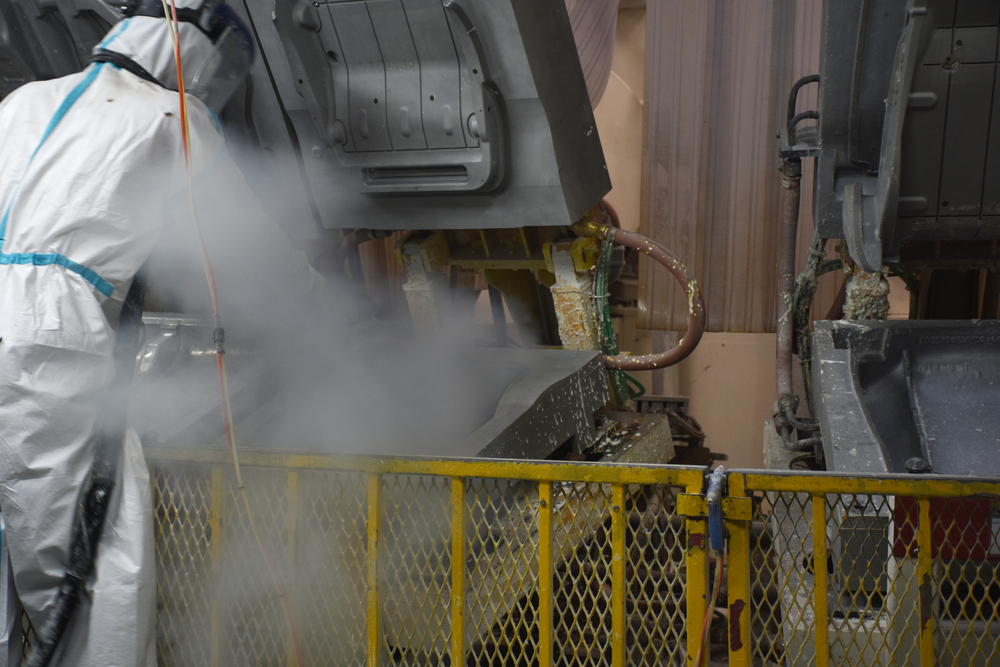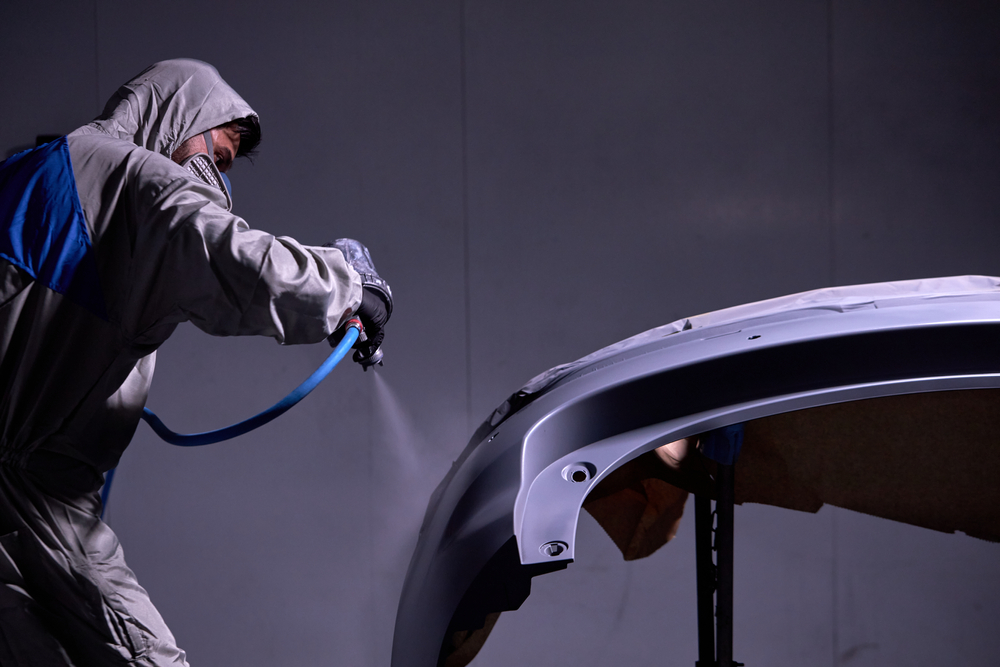Did you know dry ice blasting can decontaminate surfaces, purging them of nuclear materials?
The technique has a range of applications for deep cleaning, from restoration to stripping paint from a surface. It cleans surfaces without the use of steam, high temperatures, or chemicals. They’re all abrasive materials that cause irrevocable damage to surfaces.
Keep reading to learn how dry ice blasting restores wood to its former glory.
What Makes Dry Ice Blasting Different?
Dry ice blasting uses non-toxic, non-abrasive industrial CO2 pellets (i.e. dry ice). It’s used in home maintenance to clean a variety of outdoor surfaces.
Dry ice blasting works using sublimation.
The kinetic energy of dry ice blasting combined with the extreme temperature difference between it and the surfaces it cleans is what helps it to clean surfaces effectively. The dirt and grime that clings to surfaces cool, plummeting to -79°C and losing their adhesion.
The core benefits of dry ice blasting include:
- No damage to surfaces and machinery
- Little downtime for industrial machines
- Cost-effectiveness compared with other methods
- Environmentally friendly materials
Dry Ice Blasting vs. Pressure Washing
Pressure washing is a form of abrasive blasting used by industrial-grade appliances. It uses a high-pressure stream of hot water to remove dirt, mold, and residue. When used on outdoor surfaces, it produces similar results to dry ice blasting.
Of the two, pressure washing is better known and more common. In part, that’s because of viral social media videos highlighting its effectiveness
Dry ice blasting, however, produces more beneficial results than pressure washing. This is because pressure washing uses abrasive materials (such as tiny glass beads) to assist in the cleansing process. This process can erode the surfaces of even hard materials and cause damage to machinery.
Dry Ice Blasting vs. Sandblasting
Sometimes confused with pressure washing, sandblasting uses a similar method but laces water with tiny sand particles. Like pressure washing, this can cause damage to surfaces – and both pressure washing and sandblasting are noisy procedures that leave environmentally damaging residue behind.
Sandblasting requires a lot of cleanup after the fact and should only be done by professionally certified individuals.
Dry Ice Blasting for Wood
Dry ice can be used in wood restoration when adequate measures are taken. Notably, dry ice blasting can be used for several different purposes for wood cleaning:
- Restoration
- Paint stripping
- Cleaning
The Problems of Wood Restoration
Wood is a versatile material used in construction everywhere, but many conventional procedures can damage the wood. This is because dirt tends to accumulate in layers over years, wooden surfaces are rarely cleaned, and as a result, sandblasting techniques have to compensate with added pressure.
Dry ice blasters leave the structural integrity of the wood intact and can be used to eliminate charring, aging, soot, and odors.
Does Dry Ice Blasting Damage Wood?
Unlike sandblasting, dry ice won’t cause damage when used for wood maintenance. The microparticles used in sandblasting are abrasive and can damage the grain.
In addition, sandblasting poses a health risk when used for wood, as the resulting mix of fine-grain wood and sand vapor is damaging to our lungs when breathed in. The result is that more preventative measures need to be taken to mitigate health and safety risks, including the use of protective clothing.
That’s in addition to the additional risk posed to employees, factory workers, and people living in wooden structures.
How Effective Is Dry Ice Blasting for Wood Restoration?
As noted above, dry ice blasting won’t damage wood surfaces – but that’s not its only benefit. Employing dry ice techniques is cost-effective and takes less time to complete.
The dry ice particles flow continuously without settling in wood cracks. So, it restores even large wooden surfaces at a steady pace. A light sanding process and fresh coats of paint or protective resin are all that is needed to complete the wood restoration process when using dry ice.
Benefits of Dry Ice Blasting for Wood Restoration
Dry ice blasting is cutting-edge technology and is more efficient than traditional methods for a wide variety of cleaning and restoration tasks. Overall, it’s the superior method and is gaining more traction among professionals:
- Dry ice blasting reduces labor costs
- The moisture-free blasting stream dries instantly
- Wood degradation and mold risk are eliminated
- The quality and integrity of the wood remain uncompromised
- There isn’t any secondary waste
- The dry ice blasting process doesn’t involve toxic chemical
Can Dry Ice Blasting Work for Paint Stripping?
Dry ice is non-abrasive. It’s what’s called a “gentle medium”, so in some cases, it won’t be enough to remove paint from a surface. Usually, dry ice will be combined with another technique to help loosen the paint before blasting the painted surfaces.
Even so, it’s a preferable approach to other methods because the same advantages hold true. Dry ice blasting works in bad weather and results in a simpler cleanup job afterward. Plus, it’s effective at tackling nooks and crevices, helping it to strip paint from a surface in its entirety.
Is Dry Ice Blasting Expensive?
The machinery and equipment used for dry ice blasting are more expensive than sandblasting apparatus. However, the increased speed and efficiency of the cleaning process cut the expense of dry ice blasting immensely.
Nothing needs disassembling and reassembling to be cleaned with dry ice blasting. Removing this step cuts down on the number of hours to clean machinery.
Get a Quote Today
Dry ice blasting is a cost-efficient solution to wood restoration when done by professionals. It avoids damaging wooden surfaces and leaves less residue behind to clean up. That makes it an attractive alternative to other restoration methods.
If you need cost-effective wood restoration or cleaning services around Burlington, Wisconsin, we can help. Click here to get a quote today.





